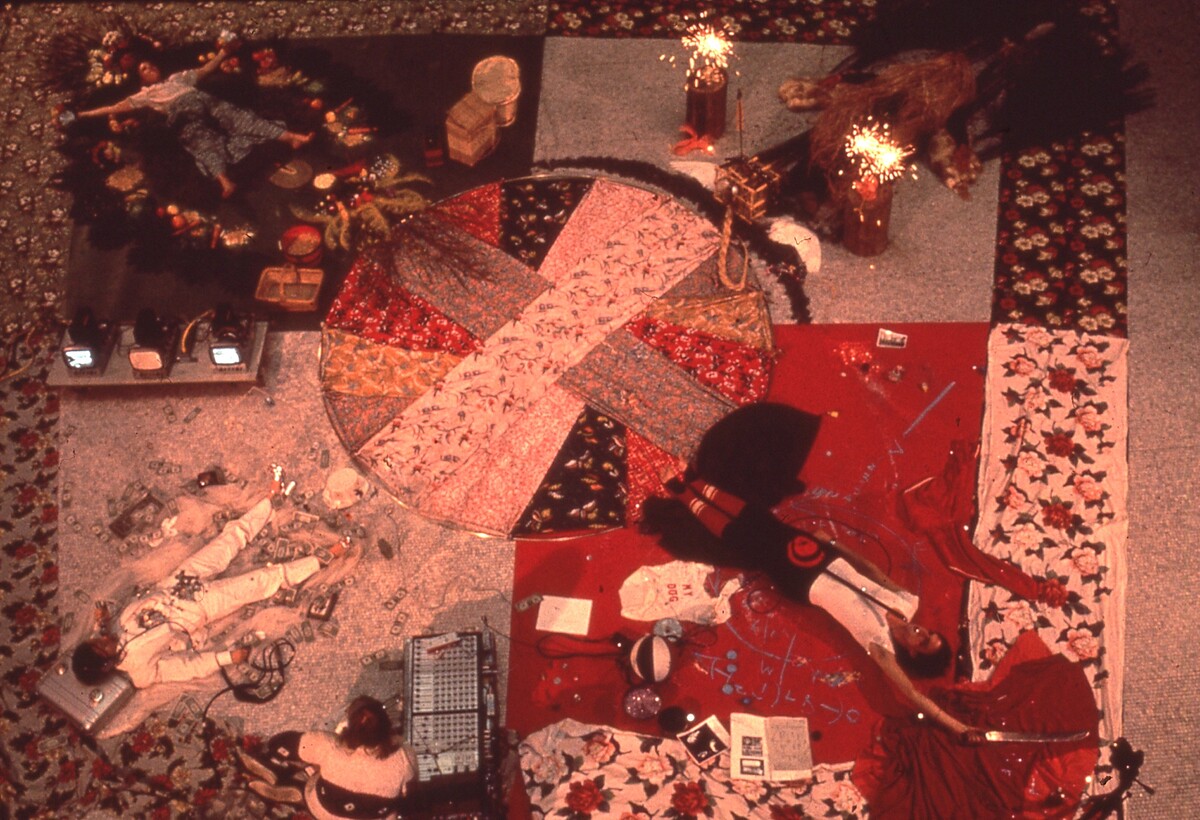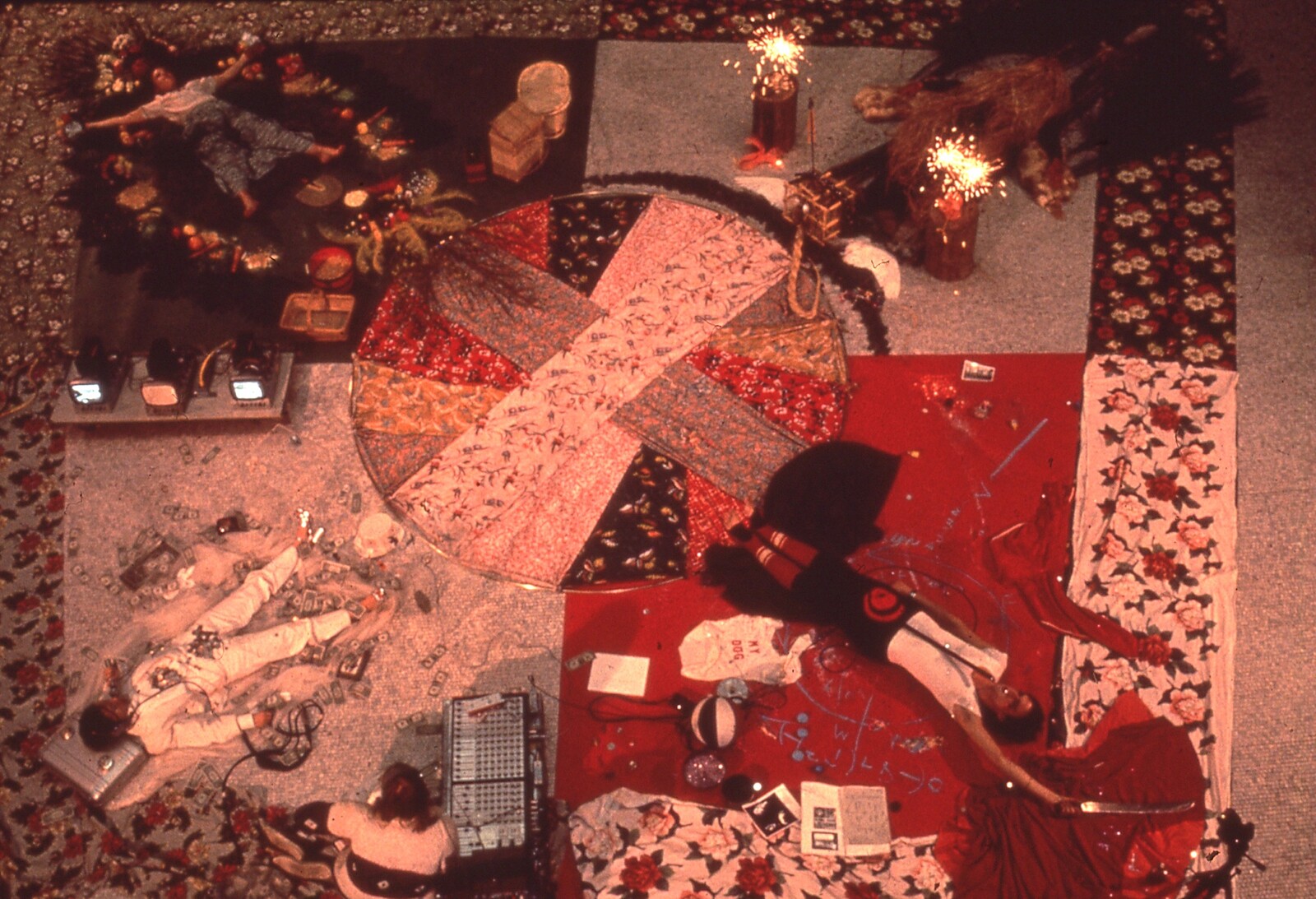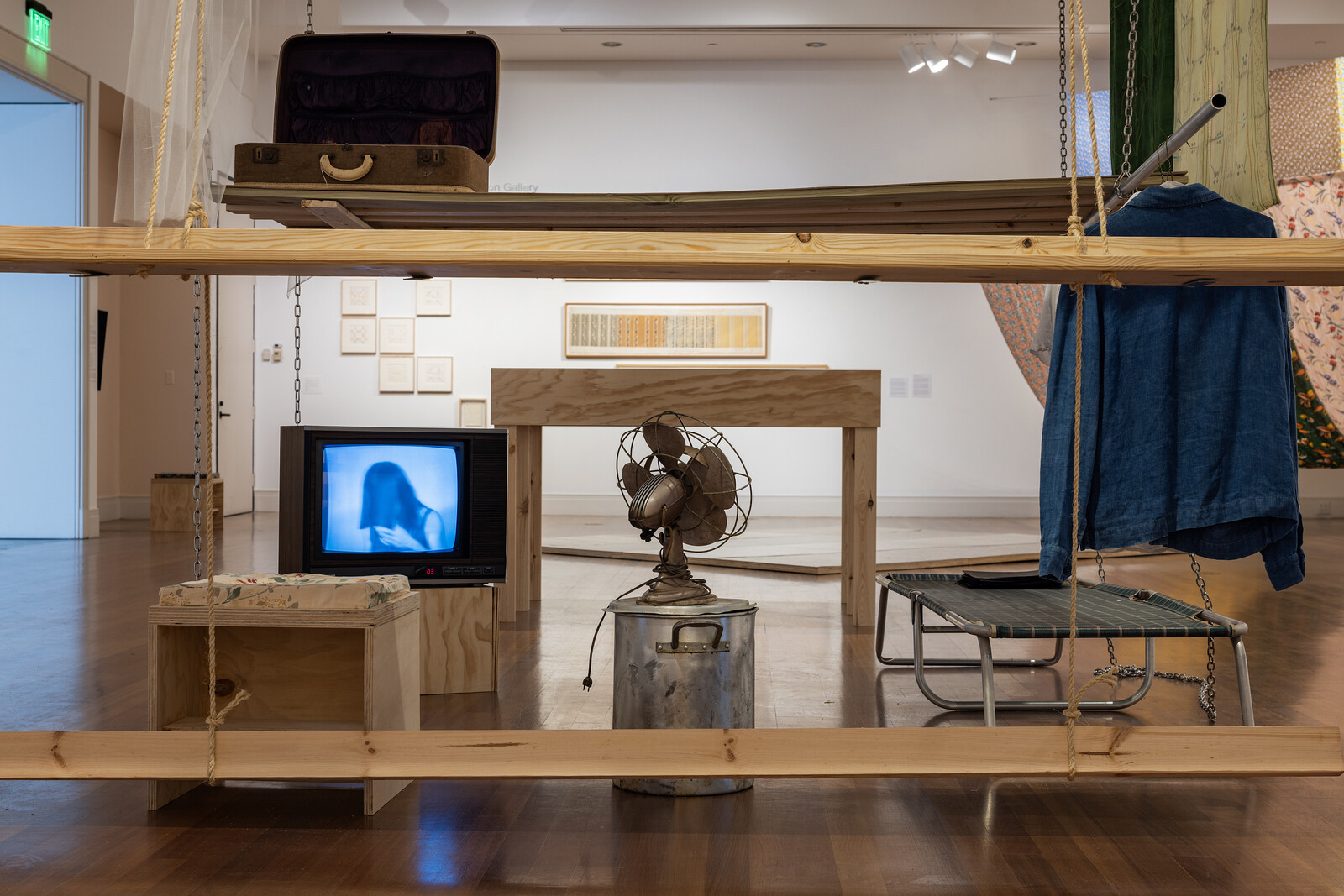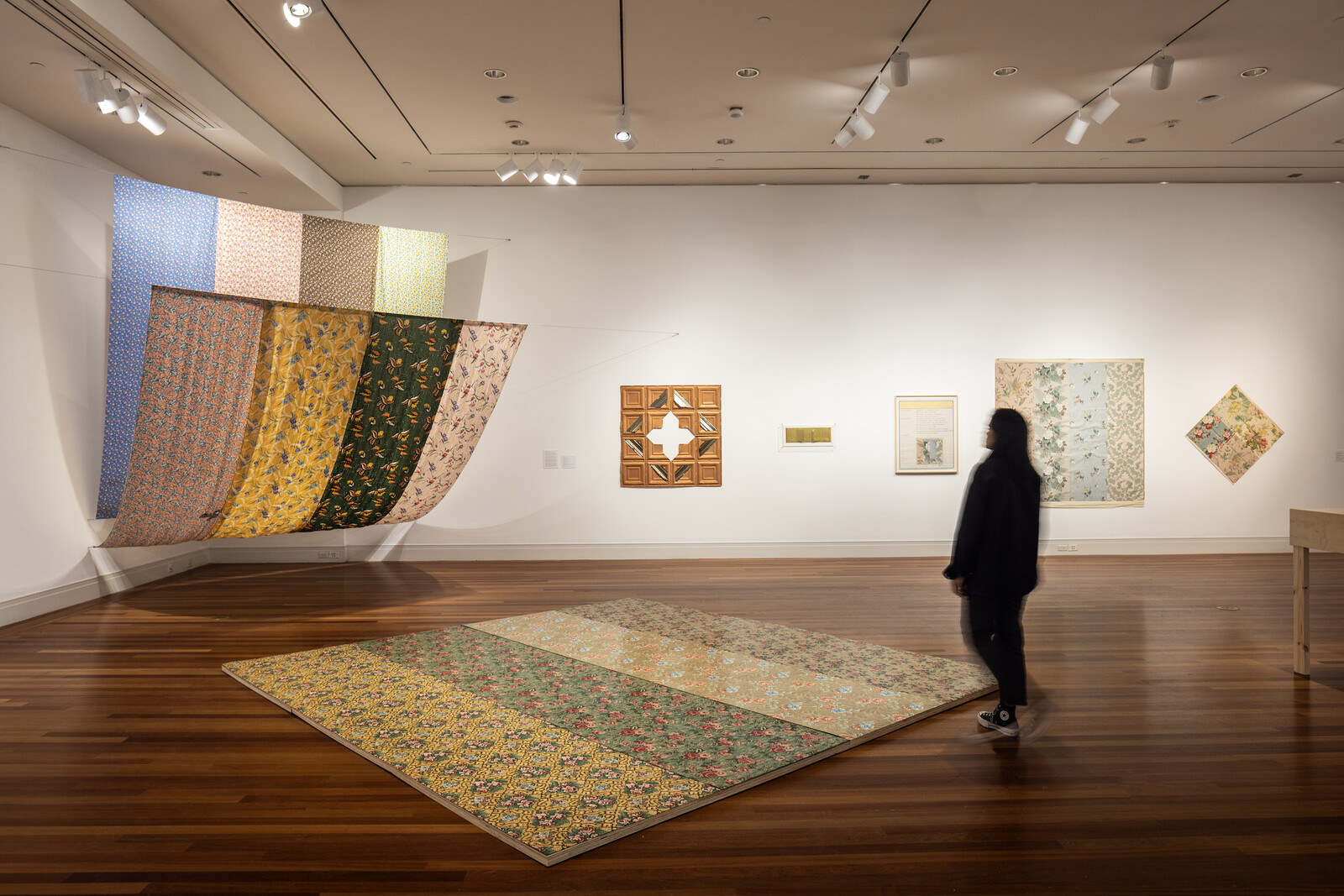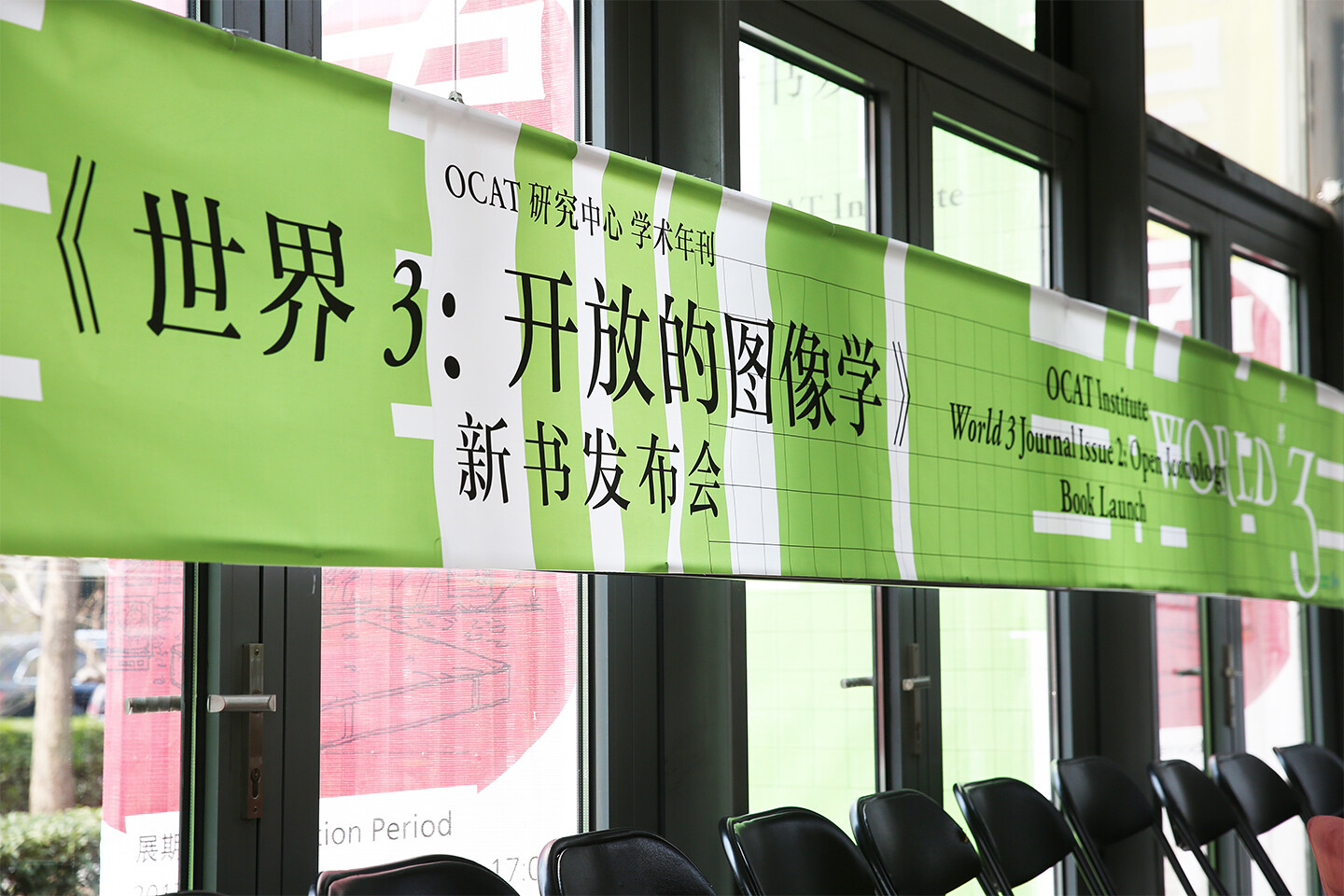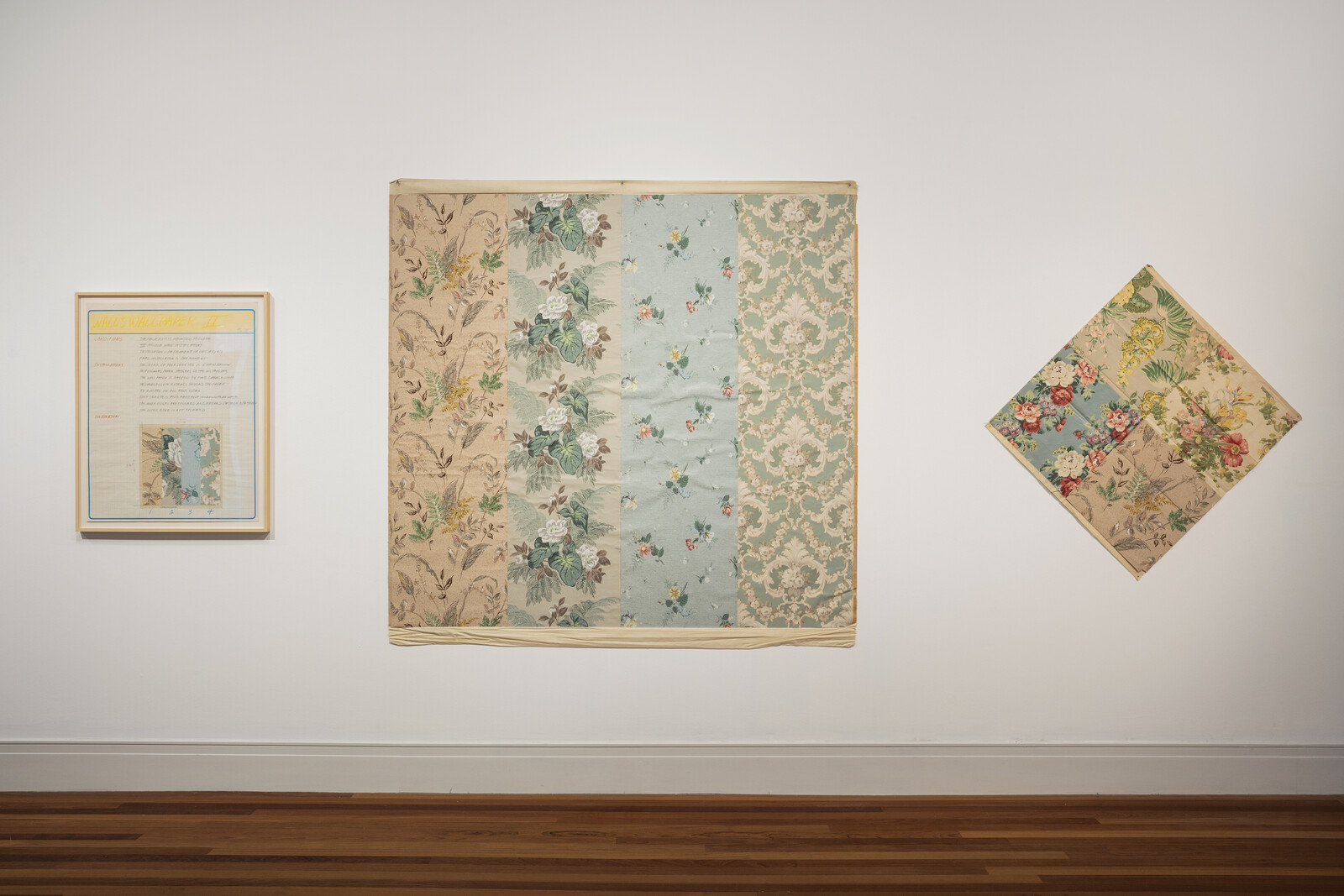Performance art offers its viewer what other visual forms can’t: a direct address in real time. Yet in the years that follow its realization, the medium is susceptible to misremembering, or worse, indifference; its curators frequently resort to displaying a work’s discards in an effort to recreate the experience of its unfolding after the original audience has, quite literally, moved on.
When it comes to Louisianian artist Tina Girouard, much of the imagined audience was never there in the first place. Girouard’s difficult-to-classify performance work—she remains best known within the art world for her collaboration with Carol Goodden and Gordon Matta-Clark on the restaurant-cum-happening FOOD—transpired primarily in downtown New York in the 1970s, and until recently almost none of it trickled down to the Bayou, an unfortunate fact given how prominently the region figured in her own artistic mythology. The artist’s method of repurposing the same materials in performance after performance inadvertently complicated the task of future curators and archivists who might hope to recreate specific iterations.
Foremost among her props were eight twelve-foot lengths of floral-printed silk, on which she bestowed the typically mythical-sounding name “Solomon’s Lot,” and which she used in many of her performances throughout the 1970s. These function as both physical supports in the works’ choreography and a symbolic throughline for them. All eight of the textiles were unboxed for this posthumous retrospective, the artist’s first. They are strung from rods which hang from the ceiling with four sheets to a wire; one set hangs perpendicular to the floor, the other hovers at an acute angle to it. The resulting pair of pastel banners presides over the fifth-floor gallery.
Curated by the Rivers Institute’s Andrea Andersson at the Ogden Museum, “Tina Girouard: SIGN-IN” traces a narrative from the artist’s early improvisational performances to her later, meticulously embellished textiles, which the “Solomon’s Lot” materials serve to bridge. Part of her wedding dowry, the set of silks was named for an uncle of Girouard’s partner Richard “Dickie” Landry, with whom she moved to Mary Heilmann’s Chinatown loft in 1969, shortly after graduating from the University of Southwest Louisiana. Both artists had Cajun heritage, and each summer Girouard continued to visit her family home in Acadiana, the state’s southernmost region, where she sourced the materials that would become the lynchpin of her performances.1
Girouard first used the Lot textiles in the movement Air Space Stage from the quartet Four Stages (1972), a suite of architectural installations made using rudimentary building materials to be activated by performers. She sited the installations and performances at 112 Greene Street, the gallery/incubator run by Matta-Clark. For Air Space Stage, Girouard attached four of the Lot silks to the lofted ceiling, where they functioned as an upper frame for the activity—improvised balancing and swinging on hanging slats and two-by-fours—performed by the participants. The fabrics would resurface in works throughout the seventies at then-nascent New York performance venues including the Kitchen and the Clocktower. They traveled with Girouard to Kassel for Documenta 6, where the artist performed Camoplage (1977), in which two players washed a length of one of the fabrics in the Fulda River—a gesture that echoed the artist’s taped performance of herself washing, rinsing, and wringing the cloths in Part III (1973) of her video suite Maintenance (1970–76).
Girouard’s conscientious handling of these fabrics, informed by her work at the vanguard of the Pattern and Decoration Movement, was at once infused with the ritual motions of domestic labor and with a treatment of the “Lots” as bodies to be cared for. As well as the “Lots,” human players circulated in and out from piece to piece, in keeping with Girouard’s notion of hospitality.2 The “Solomon’s Lot” textiles were given a “grand finale” in Pinwheel, performed at the New Orleans Museum of Art in 1977, before being officially retired. For Pinwheel, Girouard and three other performers placed the silk strips in a cruciform, which they then proceeded to embellish over the course of the hourlong performance as an overhead camera looked on and recorded. Here at the Ogden, this footage is projected onto the floor of the smaller gallery, with chairs upholstered with patterned textiles creating an intimate gathering space around the projection.
That Girouard’s performance work is finally being recognized in Louisiana is fitting. It’s also corrective. She returned to her home state permanently in 1978 following a studio fire in New York; in the years following Pinwheel, she moved toward works made of cloth, rather than performed with it. In the latter half of her life she was better known locally for textiles and graphic prints, the sort of seemingly anodyne art familiar to locals as décor from family doctors’ offices. Yet rather than proof of a downward trajectory from youthful experimentation to conservative middle and later works, these pieces were a logical continuation of Girouard’s investment in the Pattern and Decoration Movement she had helped galvanize, convinced that the borders between decorative and fine art are permeable. The Rivers Institute has done the painstaking work of reconstructing the timeline of Girouard’s performances, and has satisfyingly re-sited them in the context where they gestated. But one could sense the “Lots” straining against their tethers, waiting to be reanimated on their native soil.
Acadiana is considered the historic seat of Louisiana’s francophone population. The region was named after the New French colony Acadia (now Nova Scotia and Maine) from which French settlers were displaced by the British during what was called Le Grand Dérangement, and from which the word Cajun derives.
As Girouard described the impetus behind the Air Space Stage performances to Liza Baer in an interview for Avalanche, in 1973, “When someone comes to my house, there’s not just food to be offered, there’s often an activity– we dance, violently at times…. I sense and they sense whether they have a feeling for my work, and when the conditions are right we can perform.”
